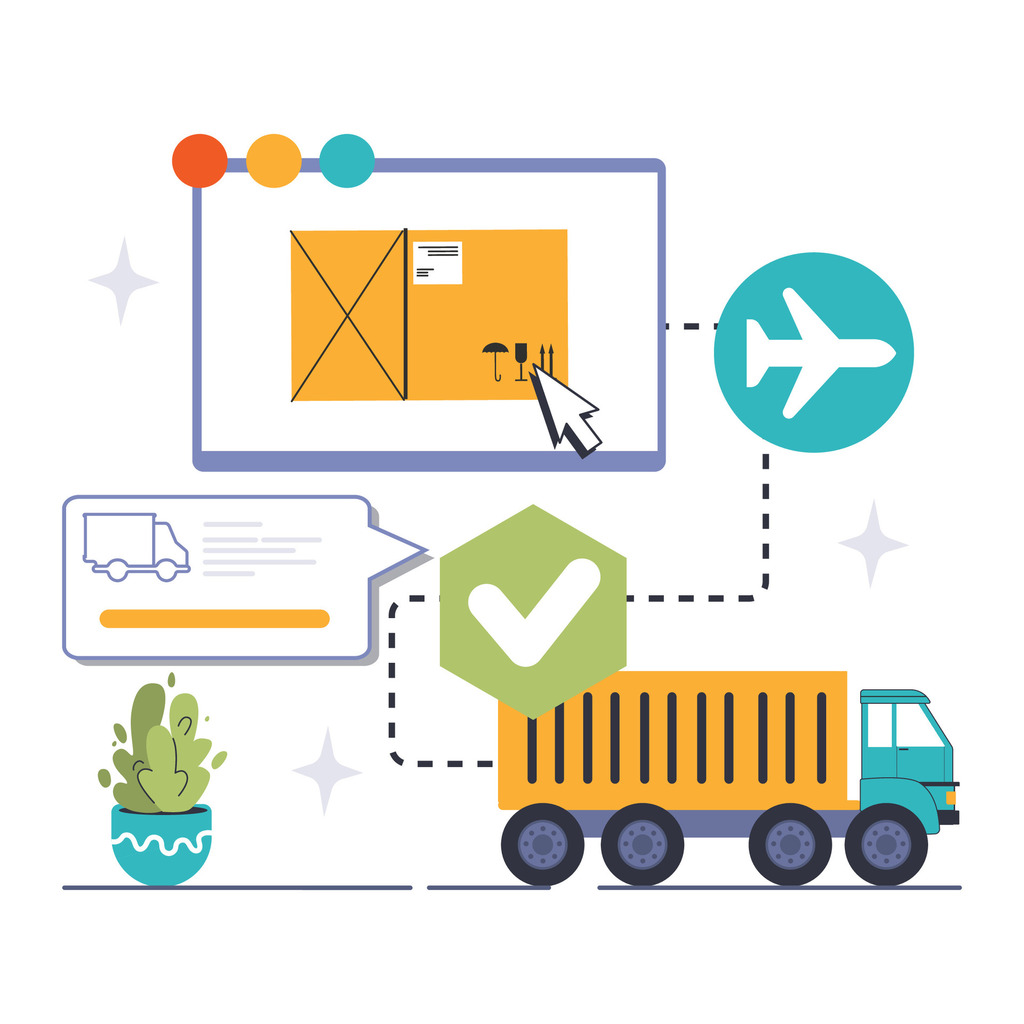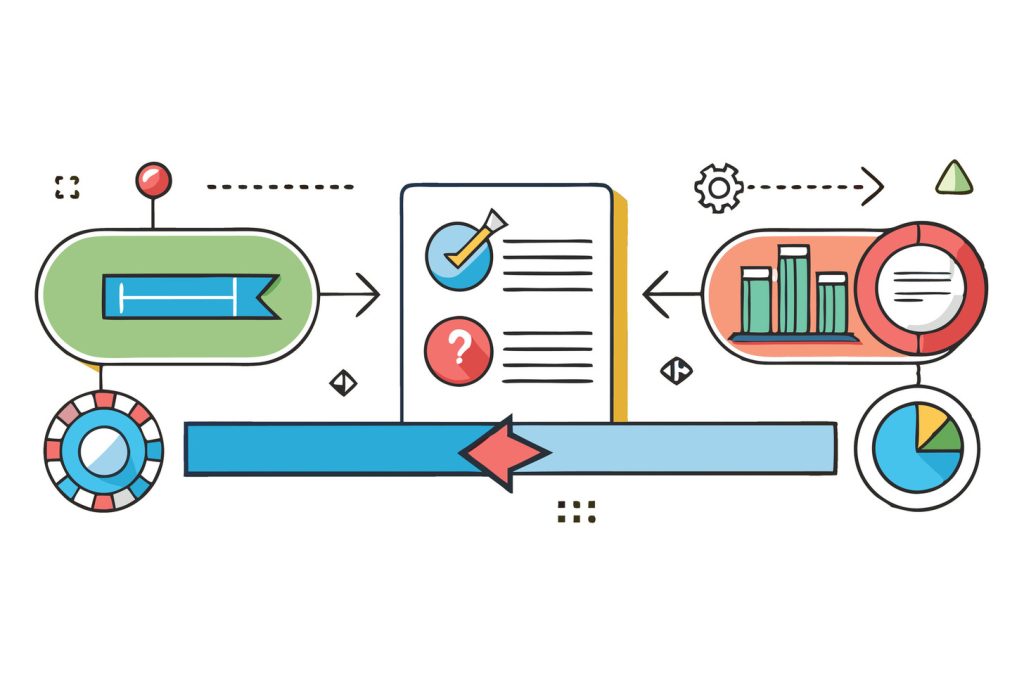Streamline Operations with Advanced Issue Tracking

Modern businesses face mounting pressure to resolve problems quickly while maintaining team alignment. Disconnected workflows and fragmented communication often delay progress, but purpose-built tools like Sifter and Linear have transformed how teams operate. Trusted since 2008, these platforms prioritize simplicity to boost participation—proving that streamlined systems drive better results than overly complex alternatives.
Organizations now consolidate bugs, tasks, and requests into unified platforms. This eliminates the chaos of juggling multiple apps and ensures everyone works from the same data. Teams using intuitive tracking solutions report faster project delivery, as clarity replaces confusion. For example, Sifter’s focus on minimal setup has helped companies reduce resolution times by up to 40%.
Successful businesses prioritize adoption over complexity. When teams embrace straightforward platforms, collaboration improves naturally. Departments align priorities, stakeholders gain real-time visibility, and technical groups resolve challenges without delays. This transparency builds trust internally and with clients.
Integration matters too. Systems that sync with existing tools—like code repositories or CRM platforms—create frictionless workflows. Teams maintain momentum instead of switching between apps, which cuts overhead and accelerates growth. The right system doesn’t just track problems—it turns resolution into a competitive advantage.
Key Takeaways
- Unified platforms reduce workflow bottlenecks by centralizing tasks and communication
- Simplicity drives higher user adoption compared to feature-heavy alternatives
- Real-time visibility improves stakeholder trust and cross-department alignment
- Seamless integrations with existing tools minimize operational friction
- Measurable efficiency gains include faster project delivery and issue resolution
Discover the Power of Issue Tracking
Centralized systems now form the backbone of high-performing development teams worldwide. These platforms consolidate bugs, feature requests, and customer feedback into a single hub—eliminating wasted time spent searching through disjointed tools. By creating equal visibility for all project elements, teams align priorities faster while maintaining momentum.
Why Unified Systems Drive Business Success
Professional software groups achieve 32% faster deployment cycles when using consolidated workflows, according to recent DevOps research. A unified approach ensures technical and non-technical members collaborate seamlessly, whether addressing critical errors or planning new features. This clarity helps leaders identify recurring bottlenecks and allocate resources strategically.
Transforming Challenges Into Opportunities
Transparent systems build client trust by demonstrating responsiveness to reported concerns. Development squads using purpose-built tools reduce miscommunication risks by 45% compared to email-based methods. Real-time dashboards reveal patterns in user requests, enabling proactive improvements rather than reactive fixes.
Forward-thinking companies treat their platforms as strategic assets. When every task—from minor adjustments to major updates—flows through one intelligent framework, decision-makers gain actionable insights. This method turns everyday problem-solving into measurable growth drivers, proving that organization-wide alignment fuels sustainable progress.
Simplified Issue Resolution & Project Management

Efficient teams cut through operational complexity by prioritizing clarity over convoluted processes. Platforms like Sifter demonstrate how structured workflows and defined ownership transform how teams handle challenges. By focusing on essentials, businesses eliminate bottlenecks that stall progress.
Streamlined Workflows for Quick Resolution
Sifter’s approach removes redundant steps, letting teams focus on solving problems rather than navigating bureaucracy. Its single-assignee model ensures every task has clear ownership, reducing duplication risks. For example, development groups using simplified systems resolve critical items 30% faster than those with multi-layered approval processes.
Team Collaboration and Clear Accountability
When responsibility isn’t ambiguous, teams waste less time debating ownership. Sifter enforces accountability by allowing only one assignee per item, which 78% of managers say improves deadline adherence. This structure works alongside tools like CRM solutions, creating unified ecosystems for task management.
| Platform | Workflow Design | Accountability Model | Integration Options |
|---|---|---|---|
| Sifter | Minimal status stages | Single assignee | CRM, GitHub |
| Linear | Customizable states | Multi-owner tasks | Slack, Figma |
| Asana | Timeline-based | Shared ownership | Salesforce, Zoom |
Project leads gain real-time visibility into progress through dashboards that highlight overdue items and roadblocks. This transparency helps teams adjust priorities dynamically rather than waiting for status meetings. The result? 42% fewer missed deadlines across marketing and IT departments using these systems.
Feature-Rich Tools for Your Team
Customization and automation define modern productivity platforms. Leading solutions now let teams shape their digital environment to match operational rhythms while reducing repetitive tasks. This flexibility ensures technical and non-technical members contribute effectively without workflow disruptions.
Customizable Workflows and Automated Updates
Platforms like Linear enable teams to build tailored processes through drag-and-drop interfaces. A marketing team might design a content approval chain, while developers create bug triage systems—all within the same tool. Automated status alerts keep stakeholders informed without manual check-ins, cutting administrative work by 35% in surveyed companies.
Email Integration and Real-Time Notifications
Non-technical collaborators thrive with email-based interaction. Users attach files, assign priorities, and update tasks directly from inboxes—no login required. One project manager noted: “Our clients submit requests via email, and the system converts them into tracked action items instantly.”
| Platform | Workflow Flexibility | Email Features | Automation |
|---|---|---|---|
| Linear | Custom status pipelines | @mentions via email | Milestone reminders |
| Sifter | Pre-built templates | Attachment support | Escalation rules |
| Clearcrm | CRM-linked stages | Client portal sync | Feedback loops |
Real-time dashboards provide actionable insights into team performance. Managers spot bottlenecks in approval chains or identify departments exceeding resolution targets. These analytics empower data-driven decisions that refine processes continuously.
Robust Integrations with Modern Software Tools

Today’s tech stacks demand platforms that bridge gaps between specialized applications. Leading tools like Linear eliminate silos by connecting seamlessly with code editors, communication apps, and project hubs. This creates cohesive workflows where updates flow automatically across environments—no manual data transfers required.
Seamless Connection with Popular Development Platforms
Professional teams sync Linear’s system with tools like Cursor and Claude to unify development processes. Code commits trigger status updates in real time, while AI agents handle repetitive tasks like bug categorization. One engineering lead noted: “Integrations cut our context-switching by half, letting us focus on high-impact solutions.”
Security remains paramount. Enterprise-grade compliance (SOC 2, GDPR) ensures sensitive data stays protected across integrations. Startups and global firms alike scale operations without compromising safety or performance.
These intelligent connections turn fragmented workflows into strategic advantages. When every tool speaks the same language, teams accelerate delivery cycles and build products that outpace competitors.

